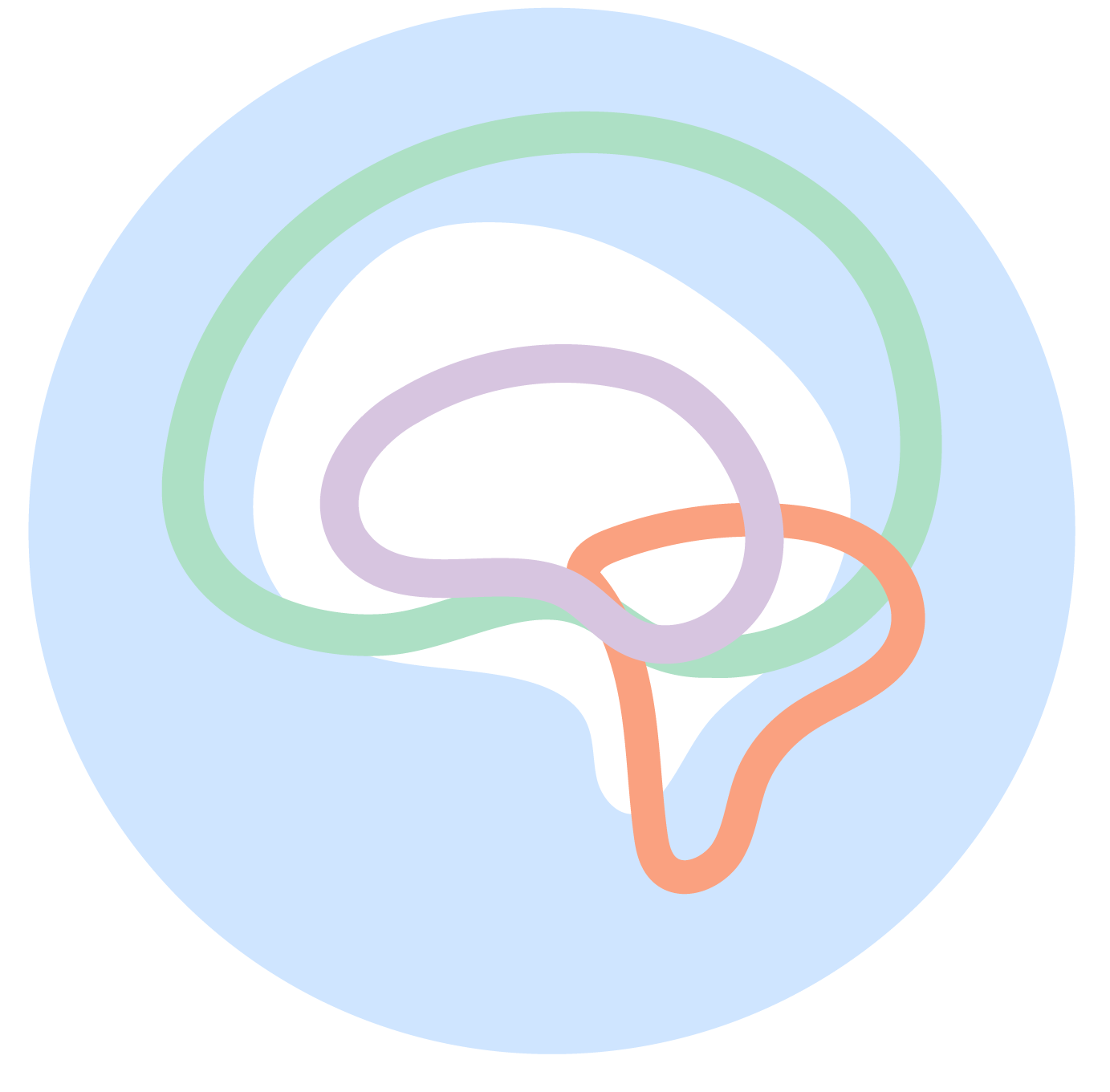Build a Self-Care Toolbox: Art Activities to Nurture Children's Emotional Intelligence
In today's rapidly evolving world, the importance of children’s emotional intelligence has never been more evident. Emotional intelligence refers to their ability to navigate their feelings, communicate effectively, and handle various social situations with empathy. As caregivers, parents, and educators, we recognize the significance of equipping young minds with the tools to develop their emotional intelligence. By building a self-care toolbox of art activities, we aim to provide actionable strategies that contribute to the development of healthy emotional well-being.
Feelings Thermometer
Make your own "thermometer" with a range of emotions, from calm to intense. Create a slide-able marker for children to show how they're feeling at a particular moment. This activity aids in recognizing various emotions and regulating emotional intensity.
Emotion Artwork and Journaling
Fill your toolbox with different colors of paint, crayons, markers, and a journal, and ask them to illustrate how they feel at that moment. Encourage them to use words or art (various colors, shapes, and brushstrokes) that represent their emotions. This activity helps children identify their feelings and channel intense emotions into artwork and journaling.
Lucky Stones
Find some smooth stones (bonus points for finding some during a nature walk) and art supplies for children to paint or decorate their own "worry stones." Emphaisize the importance of having them make these stones feel like their own. They can hold onto these stones when they need a physical reminder to manage their worries or emotions.
Emotion Puppets
Guide children in making simple puppets using paper bags or spare socks that represent different emotions. Decorate them with markers, buttons, stickers, and more! They can use these puppets to role-play different social scenarios and conversations, enhancing their communication skills and emotional awareness.
Feeling Faces
Create a collection of blank faces by printing out a template or hand-drawing them. Ask children to draw different facial expressions that correspond to specific emotions. This activity helps with recognizing and interpreting facial cues.





